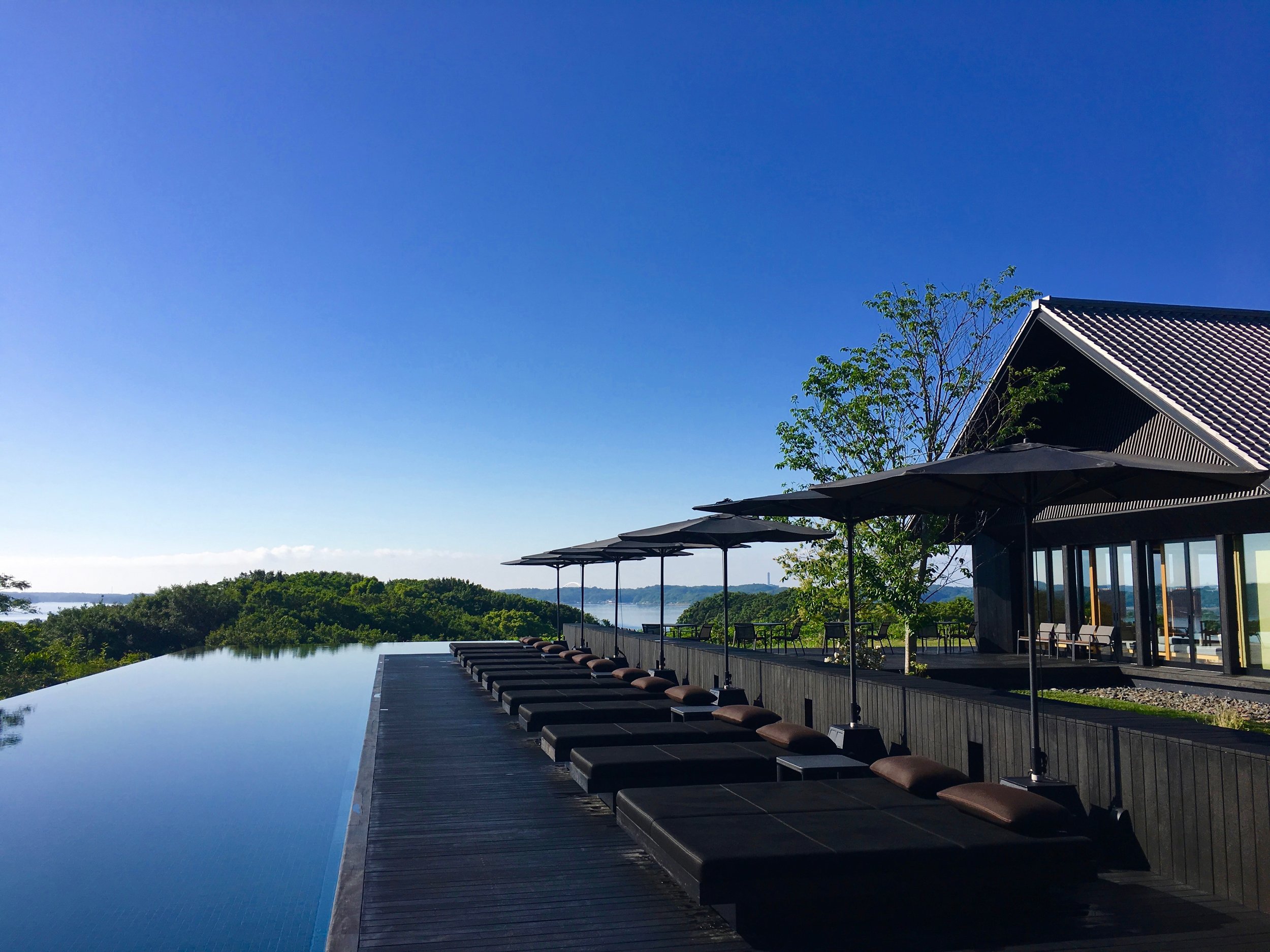Integrative Medicine is an approach that puts the patient at the centre of care and addresses the full range of physical, emotional, mental, social, spiritual and environmental influences that affect one's health and wellbeing. It utilises conventional western medicine diagnostics and treats with evidence-based complementary functional medicine and alternative therapies.
Functional Medicine views the body as one integrated system and addresses the underlying causes of ill health, using a systems-oriented approach and engaging both you and your team of practitioners in a therapeutic partnership. It is a personalised approach to preventative care and wellbeing with an understanding that every individual is different; genetically and biochemically unique.
Through the lens of functional scientifically based medicine the question posed is: “What is the cause of this health challenge?” and “What can be done to restore function?
Lifestyle Medicine is a new branch of evidence based medicine in which comprehensive lifestyle changes (including nutrition, physical activity, stress management, social support and environmental exposures) are used to prevent, treat and reverse the progression of chronic diseases by addressing their underlying causes. The underlying cause of disease can stem from a variety of imbalances.
The importance of healthy lifestyles in preventing and treating chronic disease is undisputed. Retreat environments provide a unique living laboratory where all aspects of lifestyle can be controlled and studied. Retreat experiences provide a unique opportunity for people to escape from unhealthy routines and engage in healthy practices and activities that lead to immediate and sustained health benefits.
A health retreat creates an environment with a daily schedule of habits that support optimal wellness. Guided by experts from various modalities, guests are holistically supported towards harmony and homeostasis on all levels - physical, mental, emotional and spiritual.
The body is intelligent and has the capacity for healing and immense vitality when given the right care - this is what a health retreat can provide.
A health retreat or wellness centre provides a holistic living laboratory that supports;
Gut Health : Emotional Wellbeing : Detoxification : Nutrition : Exercise : Mental Health : Brain Health : Sleep & Rest : Relationships : Spiritual Wellbeing : Social Connection & Community : Digital Detox : Clarity of Purpose
Specific therapies, treatments and consultations address;
Stress & Anxiety : Inflammation : Digestive Dysfunction : Hormonal Imbalance : Structural Imbalance : Physical Toxicity : Cognitive Health : Toxic Emotions : Trauma : Immune System Imbalance
I have been an advocate for health retreats since my early 20s and I have witnessed the power and transformation that can take place when staying on retreat. There is no better investment than that of your health, and as one wise yogi said - “health is wealth and peace of mind is happiness”.





